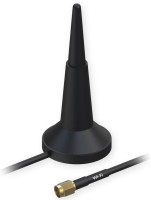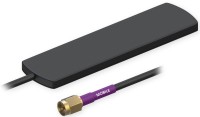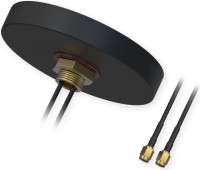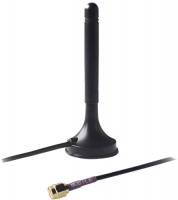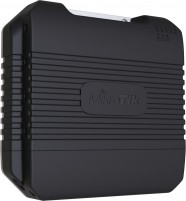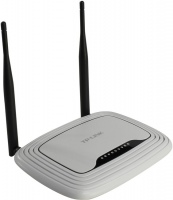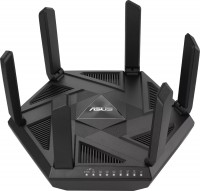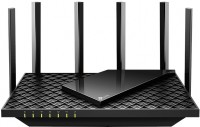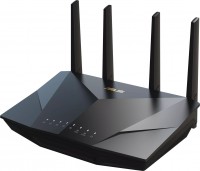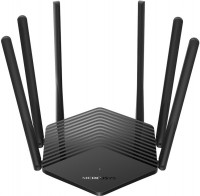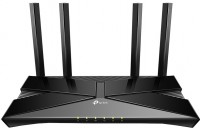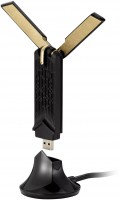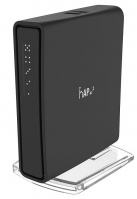Teltonika RUT240 (RUT2400DE000)
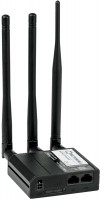 |
|
| ||||||||||||||||||||||||||||||||||||||||||||||||||||||||||||||||||||||||||||||||
Always clarify the specifications and configuration of the product with the online store manager before purchasing.
Catalog Teltonika 2025 - new arrivals, bestsellers, and the most relevant models Teltonika.
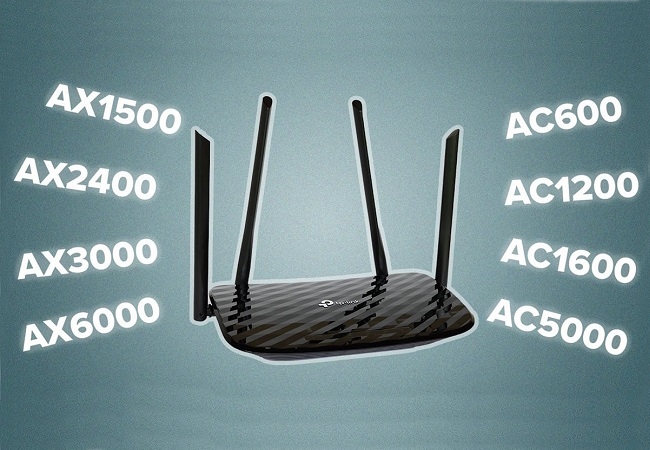

The crumb router Teltonika RUT240 is positioned as an industrial cellular router with the ability to operate in difficult environmental conditions. However, at home or in the country, the device performs no worse than in production.
Miniaturization in action
The model is assembled in a compact aluminium box with overall dimensions of 83x74x25 mm. The router weighs only 125 g. Two Ethernet ports are placed on the front end of the device case. One of them can be used for the main connection to the global network, the second - for a wired connection of a computer or as a backup (if the main provider does not have Internet). The ports have a bandwidth of 100 Mbps.
LTE communication
From the side of the same front end of the case, the router has a slot for a SIM card. The router supports high-speed LTE category 4, which provides speeds up to 150 Mbps. On the opposite end of the case there are three antenna connectors - two for LTE antennas and one for Wi-Fi antenna. Teltonika RUT240 distributes the Internet in a single 2.4 GHz band, providing data exchange rates within the network up to 300 Mbps.
Unpretentiousness of operation
The router remains fully operational in conditions of high humidity, vibration, dust and temperature changes. These criteria explain the industrial design of the model. But again, in a conditional country house, where the conditions are not the most greenhouse, you don’t have to worry about the router - it is guaranteed to work on a year-round basis. Moreover, both from a wired connection, and by receiving a signal from towers of cellular operators.

